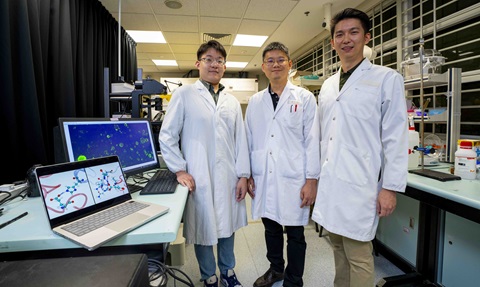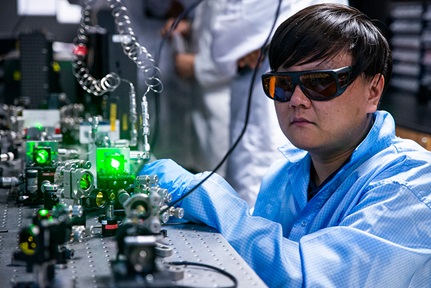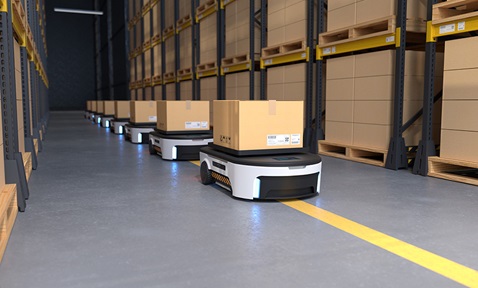
Active Fabrics with Controllable Stiffness for Robotic Assistive Interfaces
Synopsis
This innovation introduces active fabrics for robotics, designed to provide wearable assistive technology with adaptive stiffness materials for medical rehabilitation and industrial exosuits. These robotic assistive fabrics transition seamlessly between flexible and rigid states, maintaining shape conformity while delivering enhanced support, mobility and impact protection. By integrating programmable stiffness control, these fabrics enable soft robotics wearable solutions, making them ideal for medical rehabilitation, assistive exosuits and protective applications.
Opportunity
Traditional assistive devices often feature rigid, uncomfortable designs that limit user mobility and acceptance. Flexible support fabrics for healthcare present a dynamic solution, conforming to complex body contours while offering on-demand stiffness adjustments. This adaptability wearable assistive technology, allowing for personalised support in rehabilitation, industrial exosuits and protective gear.
The growing demand for robotic assistive fabrics aligns with market trends in personalised healthcare solutions, soft robotics wearable solutions, and advanced exoskeleton technologies. With ageing populations and increasing needs for medical rehabilitation devices, adaptive stiffness materials promise a transformative impact on medical and industrial markets, offering both enhanced user comfort and improved functional support.
Technology
These active fabrics for robotics incorporated a bio-inspired design, integrating architectured rigid tiles connected by soft, actuating fibres, The structure mimics the natural protective mechanisms, such as those seen in armadillos, enabling programmable stiffness variations over 350 times the baseline flexibility while maintaining a lightweight and compact form factor.
The stiffness of these robotic assistive fabrics is precisely controlled by adjusting the contact points between architectured tiles via fibre tension modulation. Additionally, electrothermal actuators are embedded within the fabric, facilitating swift transitions through controlled heating. This unique combination of flexibility and mechanical reinforcement makes the fabric ideal for medical, industrial, and protective applications, enhancing both mobility and impact resistance.
![Figure 1: [Top] Bio-inspired design of the active fabrics with controllable stiffness. [Bottom] Applications of the active fabrics as wrist devices, elbow devices and protect helmet.](/images/innovationlibraries/tech-portal/tech-offer/figure-1-top-bio-inspired-design-of-the-active-fabrics-with-controllable-stiffness-bottom-applications-of-the-active-fabrics-as-wrist-devices-elbow-devices-and-protect-helmet.png?sfvrsn=46bd3e30_1)
Figure 1: [Top] Bio-inspired design of the active fabrics with controllable stiffness. [Bottom] Applications of the active fabrics as wrist devices, elbow devices and protect helmet.
Applications & Advantages
Applications:
- Wearable assistive technology for rehabilitation and medical exosuits.
- Soft robotics wearable solutions for industrial and protective applications.
- Flexible support fabrics for healthcare and ergonomic workwear.
Advantages:
- Adaptive stiffness materials that provide rapid transition between soft and rigid states.
- Robotic assistive fabrics conform to body contours for personalised support.
- Impact-resistant, lightweight and compact design for enhanced mobility and safety.
Read more here.




.tmb-listing.jpg?Culture=en&sfvrsn=b5366f51_1)










